
Outbound Marketing
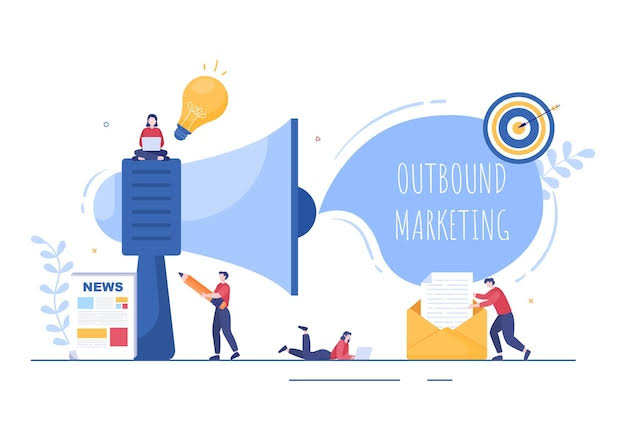
Outbound marketing, often referred to as traditional marketing, is a strategy that aims to proactively reach out to potential customers with marketing messages. Unlike inbound marketing, which focuses on attracting customers through valuable content and experiences, outbound marketing pushes information to a wide audience, often interrupting them to grab their attention. Let’s explore the key aspects, techniques, benefits, and challenges of outbound marketing:
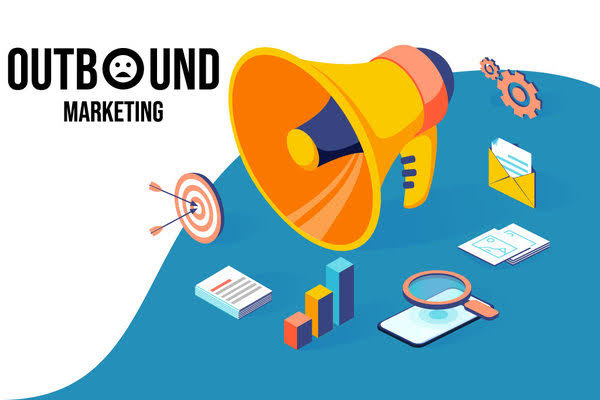
What is Outbound Marketing?
Outbound marketing encompasses a range of traditional marketing methods where businesses initiate the conversation and send their message out to an audience. The primary goal is to generate leads and create awareness about products or services.
Key Techniques of Outbound Marketing
- Television and Radio Advertising: These are among the oldest forms of outbound marketing. TV and radio ads reach a broad audience by interrupting their viewing or listening experience with a marketing message.
- Print Advertising: This includes advertisements in newspapers, magazines, brochures, and direct mail. Print ads can target specific demographics based on the publication’s audience.
- Direct Mail: Direct mail involves sending physical promotional materials such as postcards, catalogs, or letters to potential customers. It’s a targeted approach but can be costly.
- Telemarketing: This method involves calling potential customers directly to pitch products or services. While it can be effective, it often faces resistance due to its intrusive nature.
- Email Marketing: Unlike inbound email marketing that sends content to subscribers, outbound email marketing involves sending unsolicited emails to potential customers. This can include cold emailing.
- Outdoor Advertising: Billboards, posters, and signage placed in high-traffic areas aim to capture the attention of passersby. This method is effective for brand awareness but can be expensive.
- Trade Shows and Events: Participating in trade shows, conferences, and events allows businesses to directly interact with potential customers and showcase their products.
- Cold Calling: This involves reaching out to potential customers who have not previously expressed interest in the product or service. It’s a direct and personal form of outbound marketing.
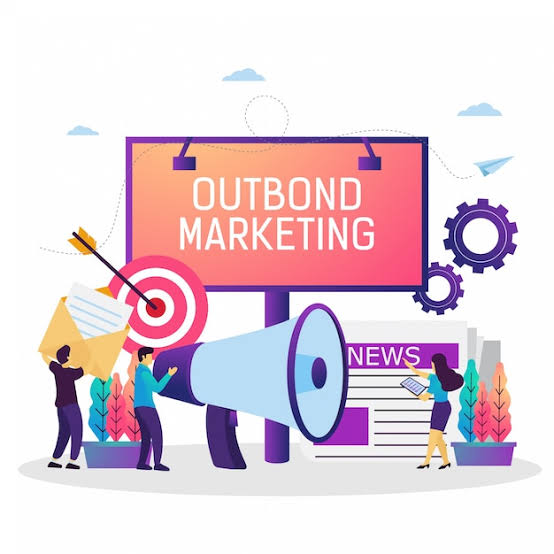
Benefits of Outbound Marketing
- Wide Reach: Outbound marketing can reach a large audience quickly, making it effective for creating broad awareness.
- Immediate Impact: Techniques like TV ads, radio spots, and direct mail can generate immediate attention and prompt action from potential customers.
- Brand Awareness: Repeated exposure to outbound marketing messages can enhance brand recognition and recall.
- Targeted Advertising: Despite being broad, certain outbound marketing methods like direct mail and telemarketing can be highly targeted to specific demographics.
- Control Over Message: Outbound marketing allows businesses to control the timing, placement, and content of their messages.
Challenges of Outbound Marketing
- High Costs: Outbound marketing can be expensive, especially for TV and radio ads, outdoor advertising, and direct mail campaigns.
- Intrusiveness: Many outbound marketing methods are interruptive, which can lead to negative perceptions and resistance from the audience.
- Lower ROI: Compared to inbound marketing, outbound marketing often has a lower return on investment due to its high costs and broad targeting.
- Declining Effectiveness: With the rise of digital media and ad-blocking technology, traditional outbound marketing methods are becoming less effective.
- Difficulty in Tracking: Measuring the effectiveness of outbound marketing campaigns can be challenging, particularly with offline methods like TV and print ads.
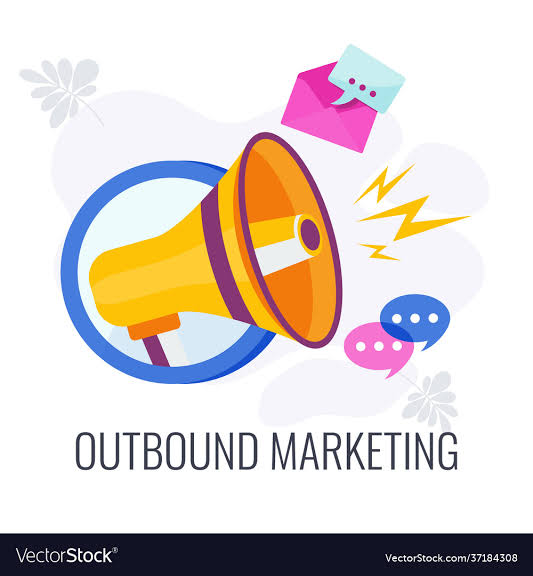
Outbound Marketing in the Digital Age
Despite the challenges, outbound marketing remains relevant in the digital age, with several modern techniques complementing traditional methods:
- Display Advertising: Online display ads, including banner ads and pop-ups, are modern equivalents of print advertising. They appear on websites, targeting users based on their browsing behavior.
- Social Media Advertising: Paid ads on social media platforms like Facebook, Instagram, LinkedIn, and Twitter can target specific audiences based on their demographics, interests, and behaviors.
- Search Engine Advertising: Pay-per-click (PPC) ads on search engines like Google and Bing allow businesses to target users based on their search queries, delivering relevant ads.
- Retargeting: This technique involves displaying ads to users who have previously visited a website, encouraging them to return and complete a desired action, such as making a purchase.
- Programmatic Advertising: Programmatic ad buying uses automated technology to purchase digital ad space in real-time, targeting specific audiences with precision.
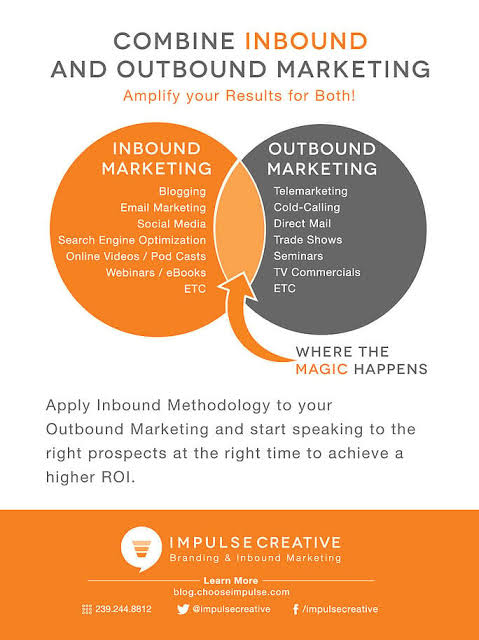
Combining Outbound and Inbound Marketing
A holistic marketing strategy often combines both outbound and inbound marketing to maximize effectiveness. Here’s how businesses can integrate the two approaches:
- Lead Nurturing: Outbound marketing can generate initial interest, which can then be nurtured through inbound techniques like email marketing and content marketing.
- Brand Awareness: Outbound methods can create broad awareness and drive traffic to inbound marketing assets, such as a company’s website or social media profiles.
- Multi-Channel Campaigns: Combining outbound and inbound marketing allows for multi-channel campaigns that reach audiences across various touchpoints, enhancing engagement and conversion rates.
- Data Integration: Using data from outbound campaigns to inform inbound strategies can lead to more personalized and effective marketing efforts.
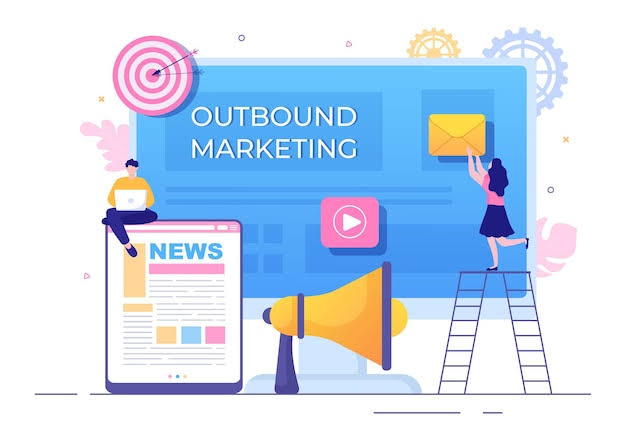
Case Studies and Success Stories
- Coca-Cola: Coca-Cola combines traditional outbound methods like TV and billboard advertising with digital outbound techniques, including social media ads and online videos, to maintain its global brand presence.
- Microsoft: Microsoft utilizes a mix of outbound marketing strategies, such as display ads and event sponsorships, alongside inbound techniques like content marketing and webinars to engage its audience and drive conversions.
- Nike: Nike’s marketing campaigns often blend outbound advertising, such as iconic TV commercials and outdoor ads, with inbound efforts like social media engagement and influencer partnerships to connect with their target audience.
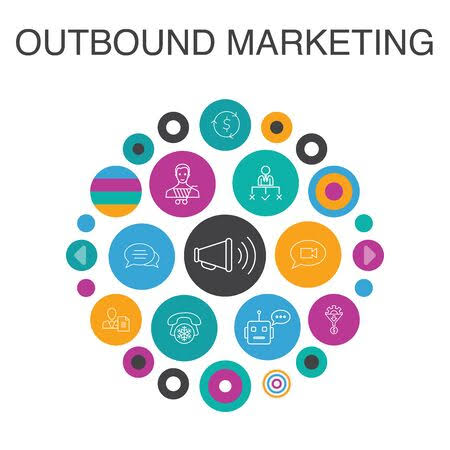
Conclusion
Outbound marketing remains a valuable component of a comprehensive marketing strategy. While it faces challenges in the digital age, modern techniques and integration with inbound marketing can enhance its effectiveness. By understanding the key aspects, benefits, and challenges of outbound marketing, businesses can create balanced campaigns that drive awareness, engagement, and conversions.
I hope this detailed overview of outbound marketing provides valuable insights. If you have any specific questions or need further details, feel free to ask!

